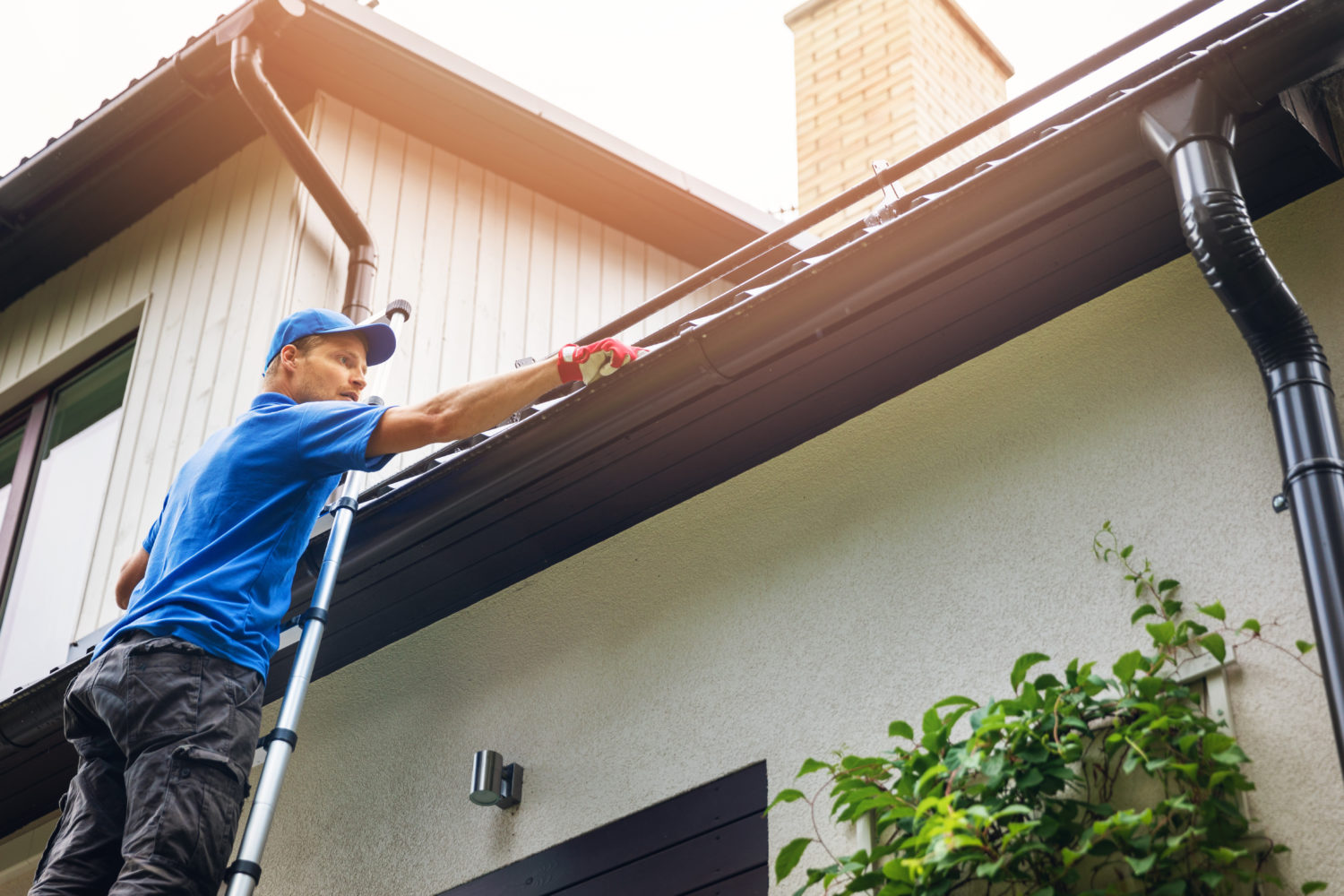

Articles
What Size Gutters Do I Need
Modified: September 2, 2024
Find out the ideal gutter size for your home with our informative articles. Choose the right gutters for effective drainage and protection.
(Many of the links in this article redirect to a specific reviewed product. Your purchase of these products through affiliate links helps to generate commission for Storables.com, at no extra cost. Learn more)
Introduction
Gutters play a vital role in protecting our homes from water damage by effectively channeling rainwater away from the roof and foundation. However, when it comes to selecting the right size gutters for your home, it can often be a confusing and overwhelming task. Determining the appropriate gutter size is crucial to ensure optimal performance and prevent potential issues such as overflow or inadequate water flow.
In this article, we will explore the various factors to consider when determining the size of gutters needed for your home. We will also discuss the average rainfall in different regions, the impact of roof pitch on gutter size, how to calculate flow rate and capacity, common gutter sizes and their recommended applications, as well as the benefits of properly sized gutters.
By understanding these factors and considerations, you can make an informed decision and ensure that your gutters are capable of effectively managing rainwater, protecting your home from potential water damage, and maintaining the structural integrity of your property.
Key Takeaways:
- Properly sized gutters are crucial for effective rainwater management, preventing overflow, basement flooding, and preserving landscaping. They also extend the lifespan of your roof and enhance your home’s aesthetics.
- Factors such as average rainfall, roof pitch, and surface area play a significant role in determining the right gutter size. Consulting professionals is essential for accurate calculations and optimal performance.
Read more: What Do I Need To Install Rain Gutters
Factors to Consider when Determining Gutter Size
When it comes to determining the right size gutters for your home, several factors need to be taken into consideration. These factors include the average rainfall in your region, the size and pitch of your roof, the surface area that the gutters will be draining, and the number of downspouts needed.
1. Average Rainfall: The amount of rainfall your area receives is a key factor in determining the appropriate gutter size. Regions with heavy rainfall require larger gutters to handle the increased water flow. Conversely, areas with low rainfall may be adequately served by smaller-sized gutters.
2. Roof Size and Pitch: The size and pitch of your roof directly impact the amount of water it collects during rainfall. A larger roof area will require larger gutters to accommodate the runoff. Additionally, steep roofs with a high pitch will generate a faster flow of water, necessitating larger gutters to effectively manage the water flow.
3. Surface Area: The total surface area that the gutters will be draining is another crucial consideration. This includes the size of the roof and any additional surfaces such as deck areas or sections of the house where water runoff needs to be managed. The larger the surface area, the larger the gutters needed to handle the volume of water being collected and drained.
4. Number of Downspouts: The number of downspouts needed depends on the capacity of your gutters and the desired flow rate. More downspouts will help ensure that water is efficiently directed away from the roof and foundation, minimizing the risk of overflow and potential water damage.
By carefully considering these factors, you can accurately determine the appropriate size of gutters needed for your home. It is also advisable to consult with a professional gutter installer who can assess your specific requirements and provide expert recommendations to ensure optimal gutter performance.
Average Rainfall in Different Regions
The average rainfall in different regions varies greatly, and this plays a significant role in determining the size of gutters needed for effective rainwater management. Let’s take a closer look at some general rainfall patterns in different parts of the world.
1. Tropical Regions: Tropical regions, such as the Amazon rainforest or Southeast Asia, experience high levels of annual rainfall. These areas can receive hundreds of inches of rain per year. Consequently, homes in tropical regions generally require larger gutters with a higher capacity to handle the substantial amount of water runoff.
2. Temperate Regions: Temperate regions, including much of Europe and North America, have moderate rainfall patterns. These areas typically experience a balance of seasonal rainfall throughout the year. Gutters in temperate regions are generally sized according to the average annual rainfall, typically ranging from 20 to 60 inches per year.
3. Arid Regions: Arid or desert regions, such as parts of Africa or the southwestern United States, have low annual rainfall. In these areas, gutters may be smaller in size due to the limited amount of rainfall to be managed. However, it is still important to ensure that gutters are adequately sized to handle the occasional heavy downpours that can occur in arid regions.
4. Coastal Regions: Coastal regions often experience higher rainfall due to their proximity to large bodies of water. The presence of water bodies can lead to increased moisture in the air, resulting in more frequent rainfall. Homes in coastal areas may require larger gutters to account for the higher levels of rainfall and the potential for strong coastal winds.
It is worth noting that these are generalizations, and the specific rainfall patterns can vary within each region. It is important to consider local weather data and consult with professionals who are familiar with the climate in your specific area to determine the appropriate gutter size for your home.
How Roof Pitch Affects Gutter Size
The pitch, or slope, of your roof is another critical factor to consider when determining the size of gutters needed for your home. The roof pitch affects the speed and volume of water runoff during rainfall, which directly impacts the gutter size required to effectively manage this flow.
The roof pitch is defined as the ratio of vertical rise to horizontal run and is typically expressed as a fraction or degree. A steeper roof pitch results in faster water flow, while a flatter roof pitch allows for slower water runoff.
1. Steep Roof Pitch: A roof with a high pitch will generate a faster flow of water during rainfall. With the increased velocity of water, larger gutters are necessary to accommodate this higher volume of water runoff. Smaller gutters may struggle to handle the rapid flow, leading to overflow and potential water damage.
2. Moderate Roof Pitch: A roof with a moderate pitch will have a more moderate water flow rate. Gutters of a standard or slightly larger size can typically handle the volume of water generated by a roof with a moderate pitch. However, it is still essential to ensure the gutters have sufficient capacity to prevent overflow.
3. Flat Roof Pitch: A roof with a flat pitch will have slower water runoff. While this may seem advantageous in terms of gutter size, it is important to consider that flat roofs can experience pooling of water. To prevent water accumulation and potential damage, larger gutters or additional drainage systems may be needed to effectively manage the slower flow.
When determining the appropriate gutter size based on roof pitch, it is advisable to consult with professionals experienced in gutter installation. They can assess your roof pitch and provide expert recommendations to ensure the gutters are adequately sized to handle the specific flow rate and volume of water generated by your roof during rainfall.
By considering the roof pitch along with other factors like average rainfall, surface area, and the number of downspouts necessary, you can select the ideal gutter size to effectively manage rainwater flow and protect your home from water damage.
The size of gutters you need depends on the amount of rainfall in your area. For light to moderate rainfall, 5-inch gutters are sufficient. For heavy rainfall, opt for 6-inch gutters to prevent overflow.
Calculating the Flow Rate and Capacity
Calculating the flow rate and capacity of gutters is crucial to ensure they can effectively manage rainwater runoff from your roof. By accurately determining the flow rate and capacity, you can select the appropriate gutter size that will prevent overflow and potential water damage. Here’s how you can calculate these important factors:
1. Determine the Roof Area: Begin by measuring the total surface area of your roof. This can be done by measuring the length and width of each roof plane and calculating the area for each. Add these individual areas together to obtain the total roof area in square feet.
2. Determine the Rainfall Intensity: The rainfall intensity refers to the rate at which rain falls over a given time period. This information can be obtained from local weather data or by consulting with meteorological sources. The rainfall intensity is typically measured in inches per hour.
3. Calculate the Rainwater Flow Rate: To calculate the rainwater flow rate, multiply the roof area by the rainfall intensity. This will give you the volume of water that needs to be managed by the gutters per hour. It is important to convert the units to ensure compatibility (e.g., square feet to square inches and inches per hour to inches per minute).
4. Determine the Gutter Capacity: The gutter capacity refers to the amount of water that the gutters can handle per unit of time. This depends on the size and shape of the gutter, as well as factors like the number and size of downspouts. Gutter capacity is typically measured in gallons per minute (GPM).
5. Select the Appropriate Gutter Size: Compare the rainwater flow rate with the gutter capacity to determine if the chosen gutter size can handle the expected volume of water. If the gutter capacity is lower than the calculated flow rate, you may need to opt for larger gutters or add more downspouts to ensure adequate water management.
It is worth mentioning that these calculations provide a general guide to determine gutter size. It is always recommended to consult with professionals who specialize in gutter installation to ensure accurate calculations and optimal performance.
By accurately calculating the flow rate and capacity, you can select the right gutter size for your home, ensuring effective rainwater management and minimizing the risk of overflow and water damage.
Read more: What Size Awning Do I Need
Common Gutter Sizes and Recommended Applications
When it comes to choosing the right gutter size for your home, several standard sizes are commonly available. The appropriate gutter size depends on factors such as roof area, average rainfall, and the desired flow rate. Here are some common gutter sizes along with their recommended applications:
1. 5-Inch K-Style Gutters: One of the most popular gutter sizes, 5-inch K-style gutters, are suitable for most residential applications. They can effectively handle moderate rainfall and are commonly used for standard-sized roofs.
2. 6-Inch K-Style Gutters: 6-inch K-style gutters are an ideal choice for homes located in areas with heavy rainfall or larger roof areas. These larger gutters can handle a higher volume of water flow and provide improved drainage capacity.
3. Half-Round Gutters: Half-round gutters are known for their aesthetically pleasing curved shape. They are available in various sizes, typically ranging from 4 to 6 inches in diameter. Half-round gutters are suitable for both residential and commercial applications, providing an elegant and classic look.
4. Commercial Box Gutters: Commercial box gutters are designed to handle large volumes of water typically associated with commercial buildings or structures with extensive roof areas. They are available in various sizes, with commonly used sizes starting from 7 inches and can be customized to meet specific requirements.
5. Oversized Gutters: In areas prone to heavy rainfall or homes with exceptionally large roof areas, oversized gutters may be recommended. These gutters typically exceed the standard sizes and provide superior capacity to handle excessive water flow, reducing the risk of overflow and water damage.
It is important to note that these are general recommendations, and the specific gutter size required for your home may vary based on factors such as roof pitch, local rainfall patterns, and other unique considerations. Consulting with a professional gutter installer can help you determine the most appropriate gutter size for your specific requirements.
By selecting the right gutter size, you can ensure effective rainwater management, minimize the risk of water damage to your home, and enjoy the peace of mind that comes with a properly functioning gutter system.
Benefits of Properly Sized Gutters
Having properly sized gutters is essential for maintaining the integrity of your home and preventing water damage. Here are some key benefits of investing in the right gutter size:
1. Effective Rainwater Management: Properly sized gutters ensure efficient rainwater management by effectively channeling water away from your roof and foundation. This helps prevent water from pooling on your roof, seeping into the walls, or causing damage to the structural foundation of your home.
2. Minimizes Overflow: When gutters are too small to handle the volume of water during heavy rainfall, overflow occurs. This can lead to water spilling over the edges, saturating the ground near your home, and causing soil erosion. Properly sized gutters significantly reduce the risk of overflow, protecting your home from water damage.
3. Prevents Basement Flooding: Improperly sized gutters or clogged gutters can result in water seeping into your basement or crawl space. This can lead to costly damage, such as mold growth, rotting of wood structures, and damage to your personal belongings. Properly sized gutters ensure that water is effectively diverted away from your foundation, reducing the risk of basement flooding.
4. Preserves Landscaping: Oversized gutters can cause excessive water flow, leading to erosion of your landscaping and damage to your plants, flowers, and shrubs. Conversely, undersized gutters can result in insufficient water drainage, causing water to accumulate around your landscaping and potentially drowning your plants. Properly sized gutters maintain an appropriate flow rate, preserving the health and beauty of your landscaping.
5. Extends the Lifespan of Your Roof: Water accumulation and improper drainage can significantly reduce the lifespan of your roof. By selecting the right gutter size, you ensure that water is efficiently directed away from your roof, preventing moisture buildup and potential damage. This helps to extend the lifespan of your roof and minimize the need for costly repairs or premature replacement.
6. Enhances Home Aesthetics: Properly sized gutters contribute to the overall appearance of your home. They create a clean and well-maintained look while ensuring efficient water drainage. By selecting the right gutter size, you can maintain the visual appeal of your home and enhance its curb appeal.
Investing in properly sized gutters is a proactive step that can save you from expensive repairs and protect your home in the long run. By effectively managing rainwater and preventing water damage, you can enjoy a safer, more comfortable, and structurally sound home.
Conclusion
Choosing the right size gutters for your home is a crucial decision that directly impacts its protection from water damage. By considering factors such as average rainfall, roof pitch, surface area, and the number of downspouts needed, you can determine the appropriate gutter size for effective rainwater management.
Properly sized gutters offer a range of benefits, including efficient rainwater management, minimized overflow, prevention of basement flooding, preservation of landscaping, extended roof lifespan, and enhanced home aesthetics. Investing in the right gutter size not only protects your home from costly water damage but also ensures the structural integrity and longevity of your property.
It is important to consult with professionals who specialize in gutter installation to accurately calculate the flow rate, capacity, and appropriate gutter size for your specific needs. They can assess your unique requirements and provide expert recommendations to ensure optimal gutter performance.
Remember, gutters are not one-size-fits-all solutions. Factors such as the average rainfall in your region, the size and pitch of your roof, and the surface area that the gutters will be draining all play a significant role in determining the right gutter size. Taking into account these factors and always aiming for a proper fit will result in a gutter system that effectively protects your home from the potentially damaging effects of rainwater.
So, don’t overlook the importance of properly sized gutters. Invest in the right gutter size for your home and enjoy the peace of mind that comes with a well-functioning and reliable rainwater management system.
Frequently Asked Questions about What Size Gutters Do I Need
Was this page helpful?
At Storables.com, we guarantee accurate and reliable information. Our content, validated by Expert Board Contributors, is crafted following stringent Editorial Policies. We're committed to providing you with well-researched, expert-backed insights for all your informational needs.





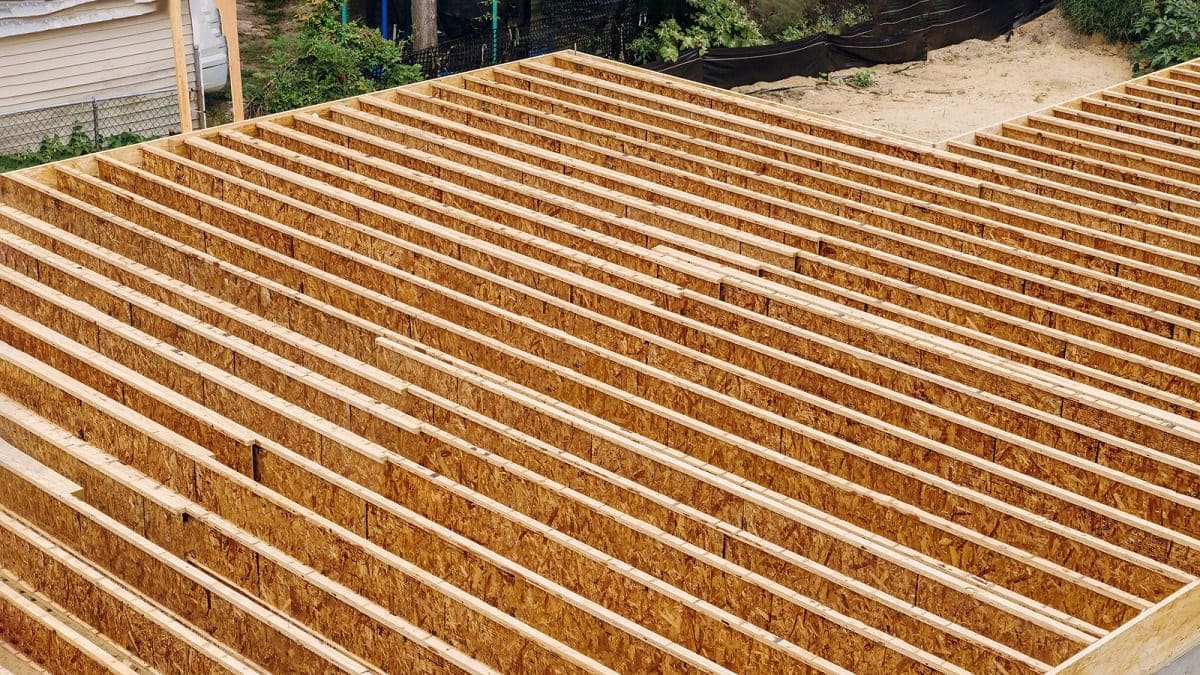
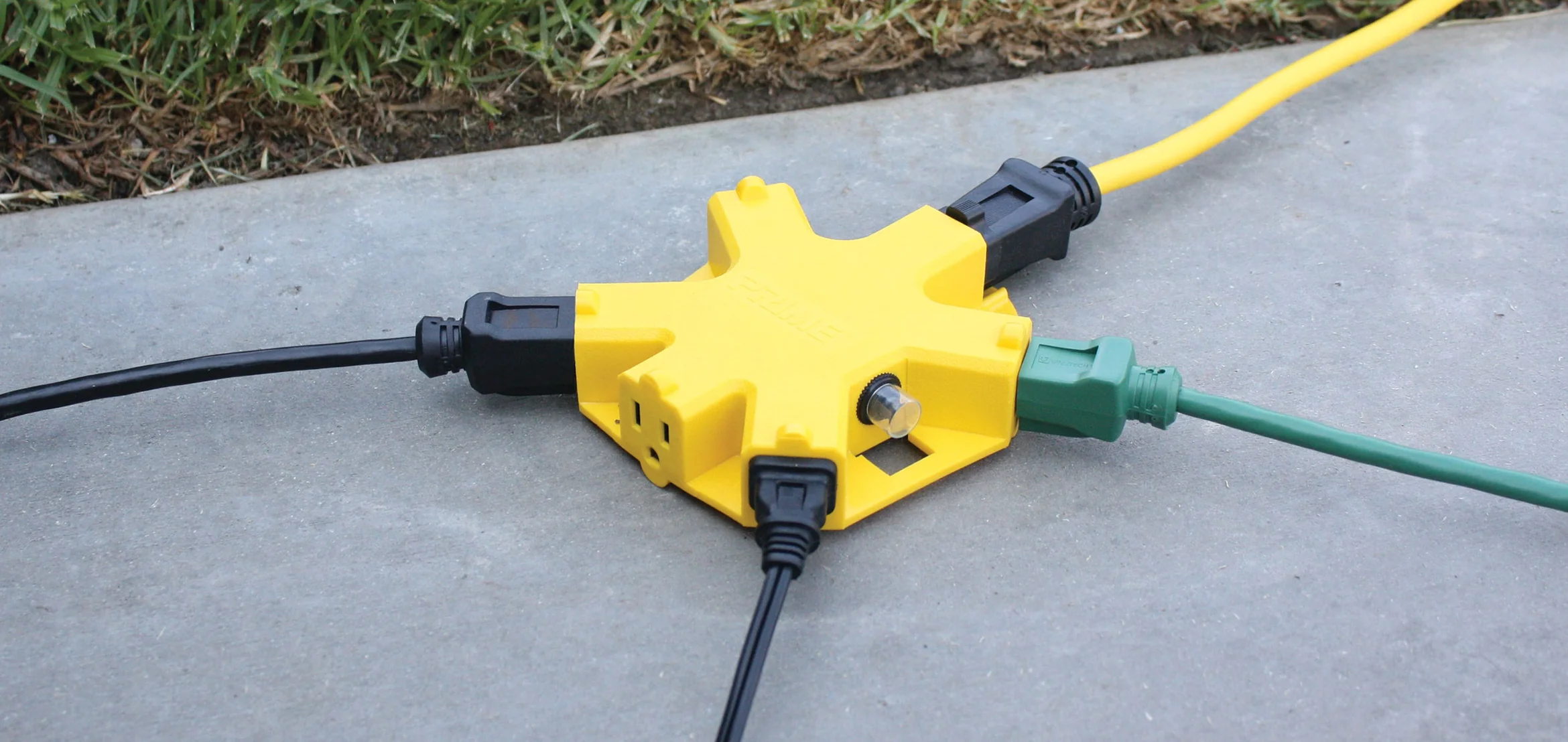


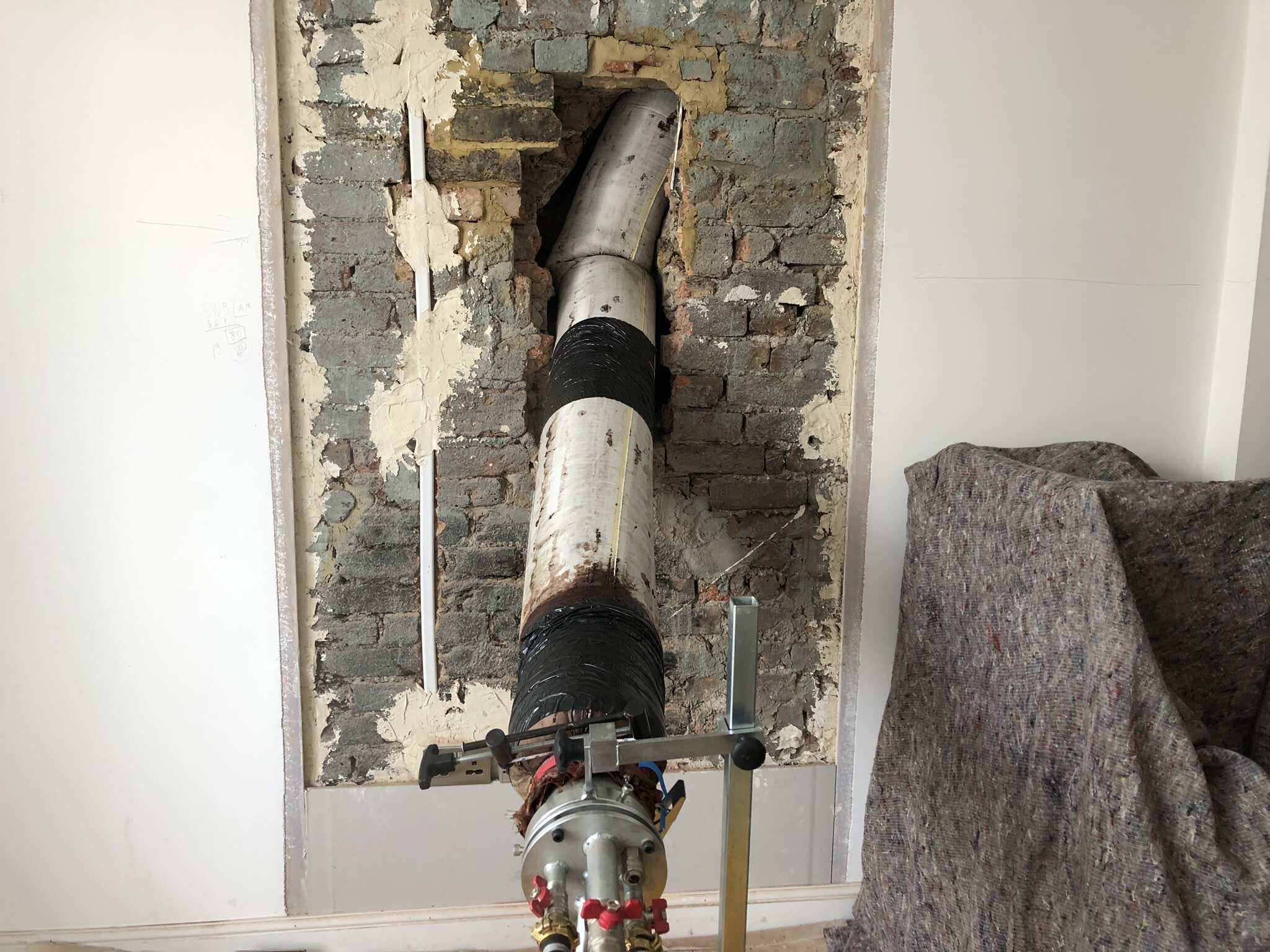

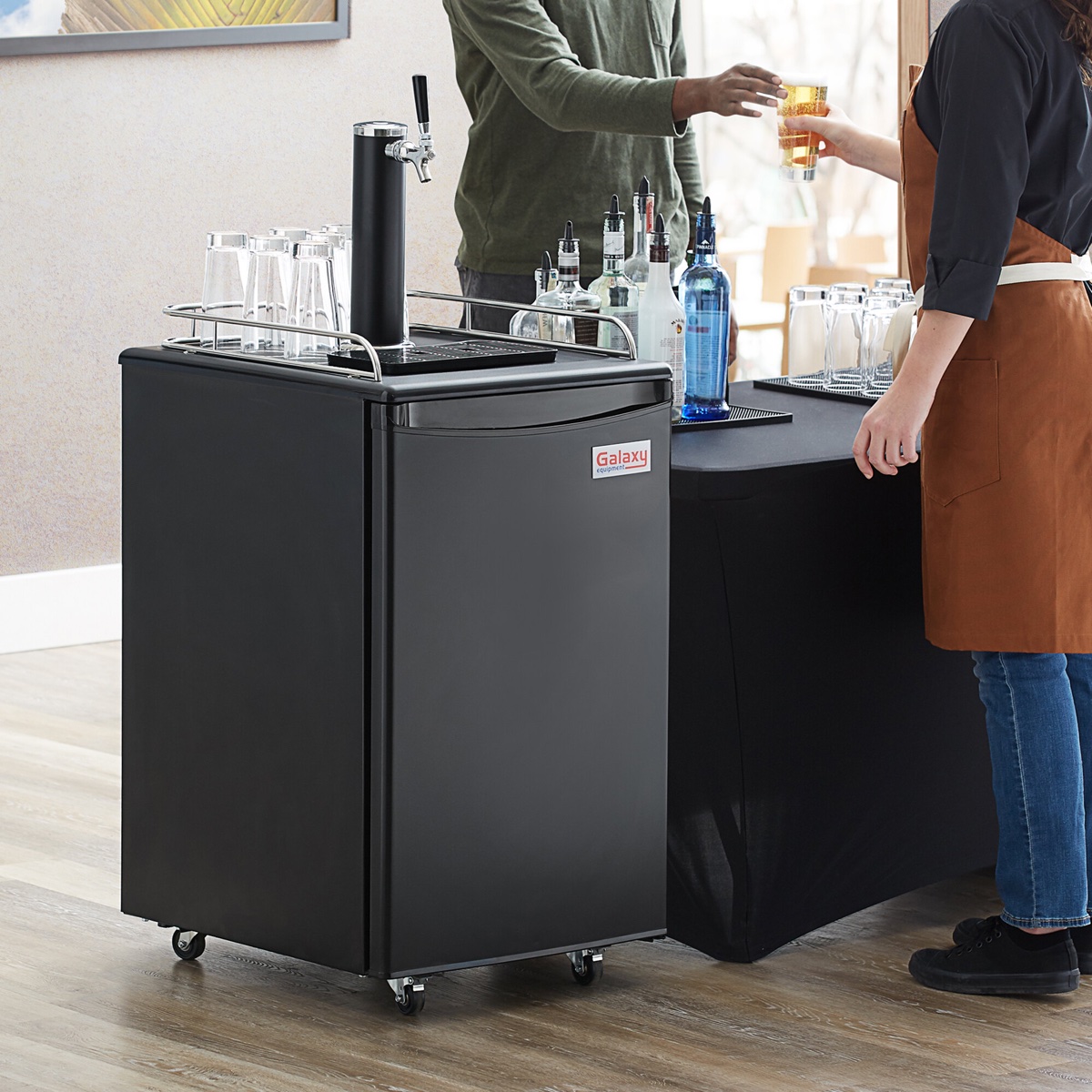
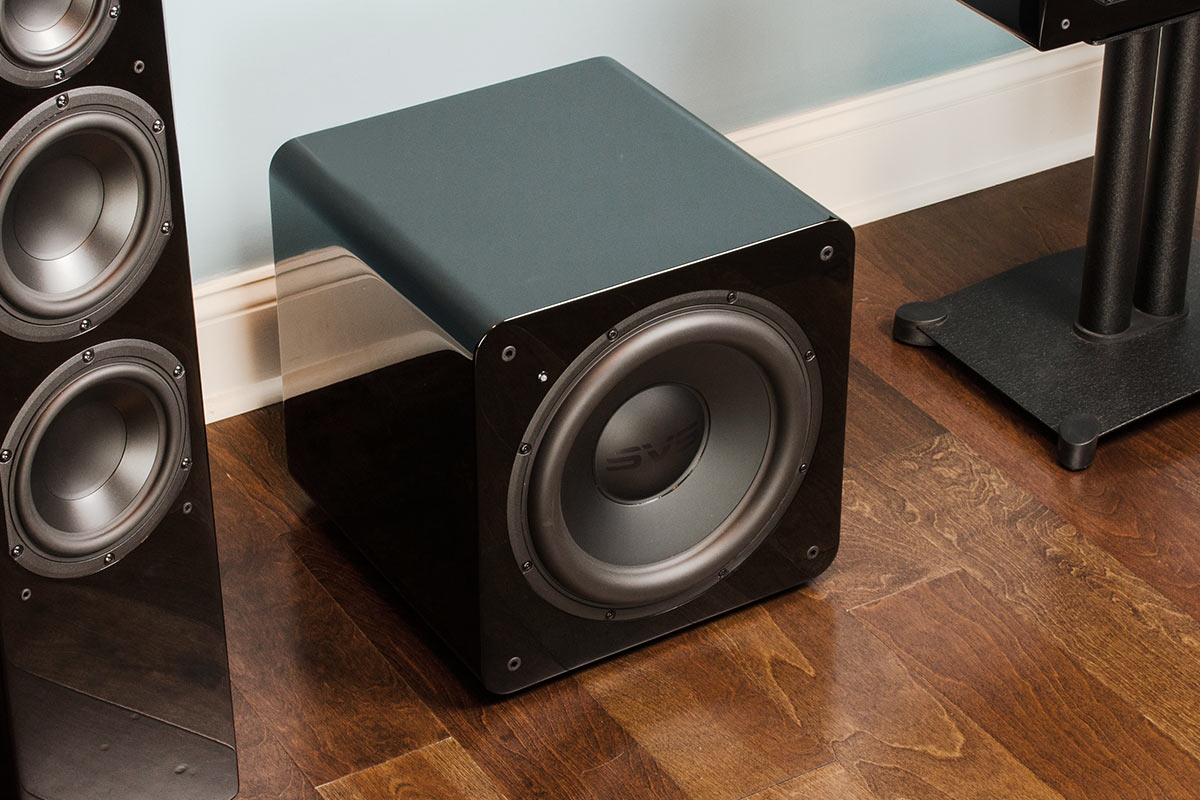


0 thoughts on “What Size Gutters Do I Need”